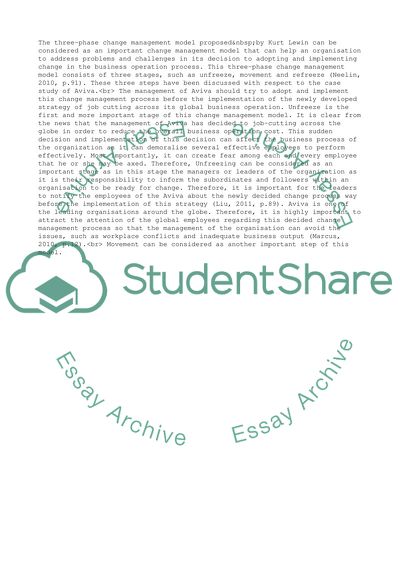Cite this document
(Leading and Managing the Change Process in Aviva Case Study, n.d.)
Leading and Managing the Change Process in Aviva Case Study. Retrieved from https://studentshare.org/management/1653487-aviva-case-study
Leading and Managing the Change Process in Aviva Case Study. Retrieved from https://studentshare.org/management/1653487-aviva-case-study
(Leading and Managing the Change Process in Aviva Case Study)
Leading and Managing the Change Process in Aviva Case Study. https://studentshare.org/management/1653487-aviva-case-study.
Leading and Managing the Change Process in Aviva Case Study. https://studentshare.org/management/1653487-aviva-case-study.
“Leading and Managing the Change Process in Aviva Case Study”, n.d. https://studentshare.org/management/1653487-aviva-case-study.


